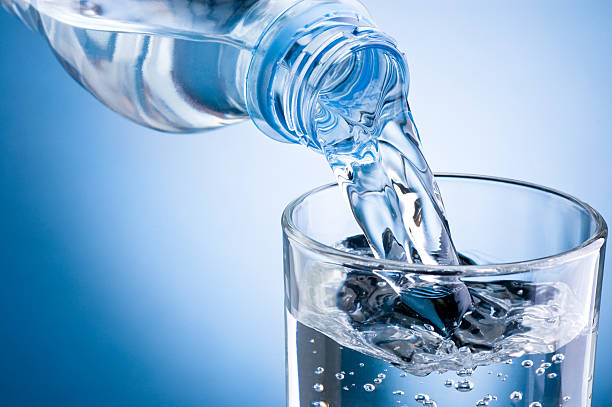n-Butanol

1-Butanol has been proposed as a substitute for diesel fuel and gasoline. Safe Home offers a few kits that provide drinking water testing for n-Butanol in city and well water supplies.
Parameter Type: Drinking Water Testing for Volatiles
Parameter Name: n-Butanol
What it is and Where it Comes From:
1-Butanol, also known as butan-1-ol or n-butanol, is a primary alcohol with the chemical formula C4H9OH and a linear structure. Isomers of 1-butanol are isobutanol, butan-2-ol and tert-butanol. The unmodified term butanol usually refers to the straight chain isomer. 1-Butanol occurs naturally as a minor product of the ethanol fermentation of sugars and other saccharides and is present in many foods and drinks. It is also a permitted artificial flavorant in the United States, used in butter, cream, fruit, rum, whiskey, ice cream and ices, candy, baked goods, and cordials. It is also used in a wide range of consumer products. 1-Butanol has been proposed as a substitute for diesel fuel and gasoline. It is produced in small quantities in nearly all fermentations. Clostridium produces much higher yields of butanol. Research is underway to increase the biobutanol yield from biomass. The production of, or in some cases, the use of, the following substances may result in exposure to 1-butanol: artificial leather, butyl esters, rubber cement, dyes, fruit essences, lacquers, motion picture, and photographic films, raincoats, perfumes, pyroxylin plastics, rayon, safety glass, shellac varnish, and waterproofed cloth. Drinking water testing gives you several benefits like peace of mind, identifying contaminants in your water, and insight into health concerns. Safe Home offers Laboratory drinking water testing kits for n-Butanol, allowing you to collect your water sample and ship it directly to our EPA-Certified Laboratory. This platform of drinking water testing for n-Butanol will give you an accurate level based on the lowest level of a parameter our instruments can detect (Method Detection Level). Safe Home drinking water testing for volatiles can be used for city and well water supplies. Drinking water testing should be done any time you notice a significant change in your water quality
Health Effects:
Exposure to n-Butyl Alcohol can cause headache, dizziness, nausea and vomiting. High levels may cause lightheadedness and passing out and may lead to an irregular heartbeat.
Solutions to Contaminant Levels:
You have completed the drinking water testing process, what are the next steps? A filter with granular activated carbon (GAC) is a proven option to remove certain chemicals, particularly organic chemicals, from water. GAC filters can be used to remove chemicals that give objectionable odors or tastes to water such as hydrogen sulfide (rotten eggs odor) or chlorine. Reverse osmosis is a process that removes foreign contaminants, solid substances, large molecules, and minerals from water by using pressure to push it through specialized membranes. Here’s how reverse osmosis works. Unlike osmosis, which is a passive process, reverse osmosis requires external force (pressure) to work. Pressure is applied to a highly concentrated solute solution, such as salt water, to pass through a membrane to a lower concentrate solution. The membrane allows water to flow through but blocks out larger molecules, like contaminants. The reverse osmosis process leaves higher concentrations of solute on one side and only the solvent, or freshwater, on the other. Who do I need to contact to find out more information about water quality in my area? Every community water supplier must provide an annual report to its customers, known as a Consumer Confidence Report (CCR). The report provides information on your local drinking water quality, including the water’s source, contaminants found in the water, and how consumers can get involved in protecting drinking water. How often does the local public water system preform drinking water testing? Frequency of drinking water testing depends on the number of people served, the type of water source, and types of contaminants. Certain contaminants are tested more frequently than others, as established by the Safe Drinking Water Act. You can find out about levels of regulated contaminants in your treated water for the previous calendar year in your annual Consumer Confidence Report (CCR).


